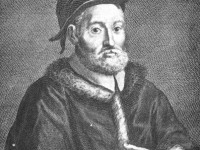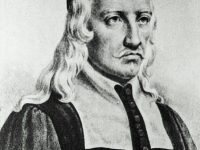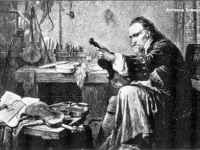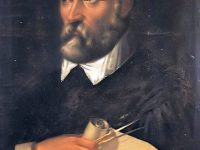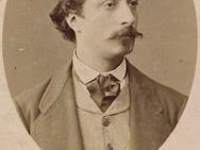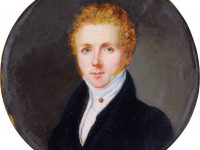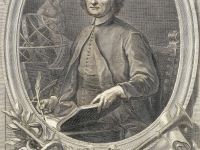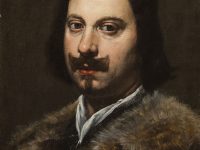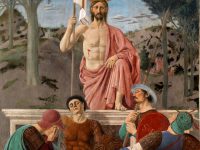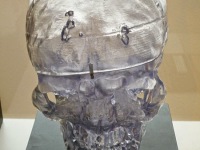Andrea Cesalpino and the Classification of Plants
On February 23, 1603, Italian physician, philosopher and botanist Andrea Cesalpino passed away. He classified plants according to their fruits and seeds, rather than alphabetically or by medicinal properties. He helped establish botany as an independent science and also made contributions to medical science and physiology. Andrea Cesalpino – Early Years Andrea Cesalpino was probably born on June 5, 1525 in Arezzo, Tuscany. However, some sources suggest also 1519 as his actual year…
Read more

